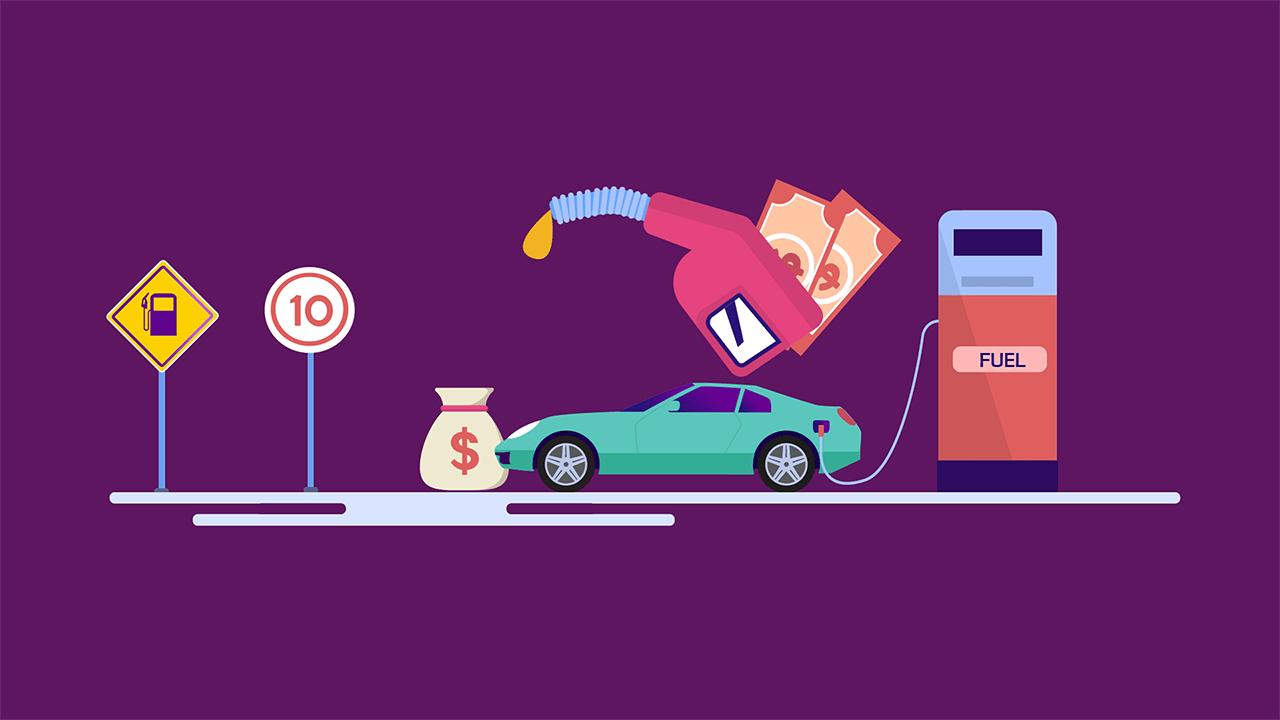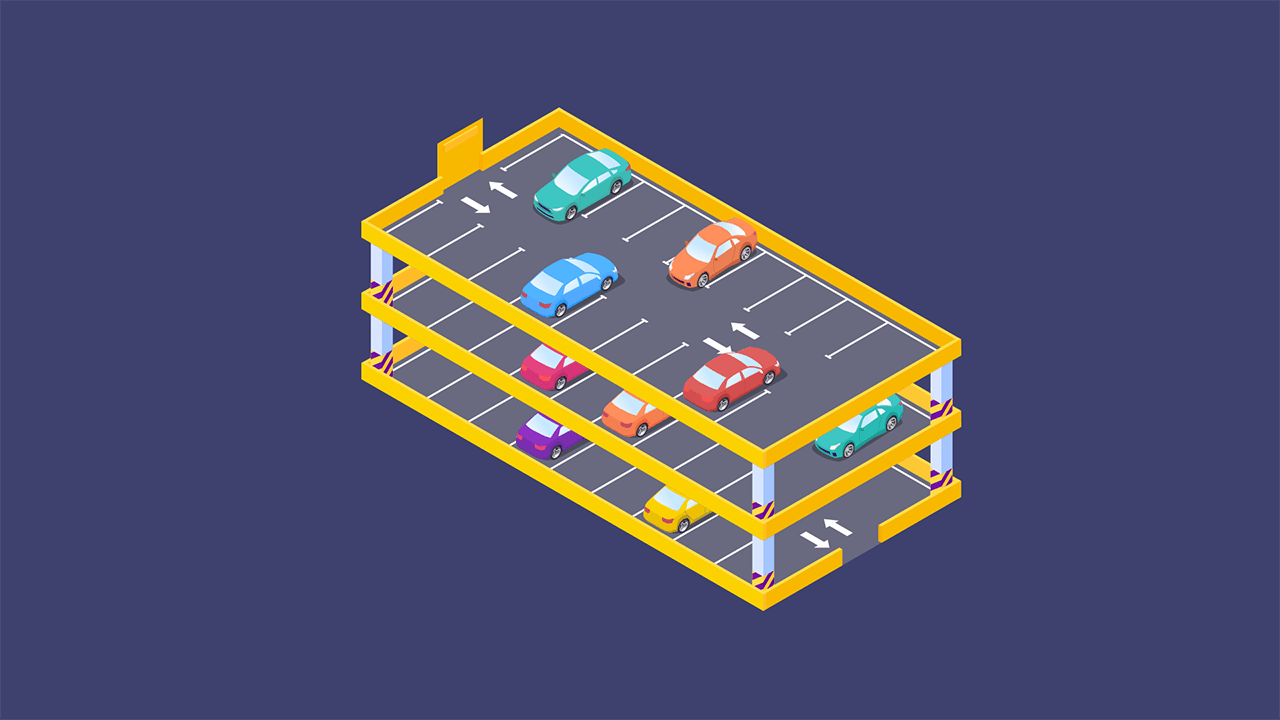How to Park a Car | Step-by-Step Guide from Experts
By Umm e Hani on Apr 04, 2024Contents
- Position Your Car
- Turning Your Wheels for Safety
- Backing Up Safely
- Turn Your Wheels to the Left
- Pull Forward
- That’s a Wrap!
- FAQs
Parking between two cars is a skill that many drivers struggle with. Doing it right is crucial to avoid problems like legal issues, accidents, and inconvenience.
To start, you must find good parking spots. Drive around until you spot one with enough room for your vehicle.
Position Your Car
Use perpendicular parking to park your car between two other vehicles. It may take some practice, but it's a valuable skill. This method allows your car to fit between the other vehicles without needing to move them first.
Here's how
Start by aligning your car's rear bumper with the back bumper of the other vehicle. This might be a bit tricky, especially for longer vehicles. However, it's worth the effort, especially if you have access to an empty lot or a larger open space.
After aligning your car, it's time to reverse a bit. Make sure you're not backing into traffic and check for pedestrians or other vehicles in your mirrors. When it's safe, select reverse gear and turn your wheels, preferably in a smooth manner by gently working the clutch and accelerator.
Another way on how to park in a parking lot between two cars is by backing into the space. This requires some skill but can be mastered with practice. Find a spot at least five feet longer than your car and align it correctly. When you're ready, use your signals to let other drivers know you're backing in.
Turning Your Wheels for Safety
Proper positioning when parking between two cars is essential for safety. It can prevent accidents, protect property, and help others avoid collisions.
When parking, it's crucial always to turn your wheels to the right. This action serves as a safety measure to prevent your car from rolling into traffic in case the brakes fail. Additionally, when driving uphill or downhill near a curb, ensure your wheels are aligned correctly. This alignment ensures that the tire closest to the curb touches it, providing stability and safety during parking maneuvers.
To ensure your car is correctly parked between two others, use your rear window and the driver's side mirror to check for cars on both sides. Wing mirrors can also help you gauge your car's position behind you.
Once you've confirmed that the driver's side of your car lines up with the rear mirror of the other car, slowly turn your steering wheel. You should be able to see the other vehicle's front bumper through your window.
Lastly, gently move your car forward until it's parallel to the other vehicle, leaving around 3 feet (one meter) of space between them.
To alert other drivers that you're parking, use your signals. Take your time to ensure proper parking, promoting safety and your peace of mind.
Backing Up Safely
Before you start backing up, it's crucial to look both ways behind you. This gives you a clear view of the available space and helps determine if it's safe to proceed. Check your mirrors for any approaching vehicles or pedestrians.
When you locate a suitable parking space for your car, signal and pass it slowly. This allows you to inspect the parked cars on either side for any obstacles that might obstruct your path or lead to an accident.
Once you're certain there are no issues, activate your blinker to notify other drivers of your intention to reverse. Then, position your car so that its rear bumper aligns with the front of the parked vehicle on your right, maintaining a distance of approximately twelve to eighteen inches from the parked car on your left. This ensures safe and precise parking.
A common error while reversing is neglecting to check both directions. This oversight can be perilous, as it might lead to missing other cars or pedestrians in your vicinity.
Furthermore, the efficiency of your network plays a vital role in backing up. Slow or unstable network connections can significantly hinder the speed of backups, and these issues are often evident in network logs.
Turn Your Wheels to the Left
To prevent your car from rolling into oncoming traffic when parking between two other vehicles, turn your wheels to the left. Ensure there's ample space, at least equivalent to one and a half vehicles, between your car and the one in front.
Check this by aligning your back wheels with the rear bumper of the other car. Slowly begin to reverse until you've cleared the other car's front passenger door.
While reversing, monitor your rearview mirror to avoid collisions in your blind spot. If there are no other cars, it's safe to continue reversing.
Once you've moved past the other car's rear bumper, sharply turn your steering wheel to the left and continue reversing until your car is entirely within the parking spot. Be cautious to avoid the curb to prevent accidents.
After parking between the two other vehicles, engage your parking brake and exit your car. Always use the emergency brake when parking, particularly on hills or slopes, to prevent your vehicle from rolling into traffic in case of brake failure.
When parking on a hill, it's advisable to keep your front wheels angled away from the curb while reversing. This ensures that if your brakes fail, the curb will halt your car, preventing it from moving into oncoming traffic.
Pull Forward
When parking your car between two other vehicles, it's a good practice to pull forward as much as possible. This reduces the risk of other drivers accidentally hitting your car's rear while passing and makes it easier to fit your car into the parking space.
To pull forward, start by turning your steering wheel to the right. Slowly reverse until the back driver's side corner of your vehicle aligns with the front driver's side bumper of the vehicle behind you.
Once your car is properly positioned, turn the steering wheel to the left and reverse into the parking spot. Continuously check your mirrors while reversing and straighten your car's wheels as needed.
Before you start parking, it's crucial to examine your wing mirrors and blind spots for other drivers or road users approaching from behind. This could include cyclists or pedestrians who might attempt to pass you as you enter the parking space.
That’s a Wrap!
That was a detailed parking guide. Once you've located a parking spot, use your right turn signal to indicate your intention to parallel park. This alerts other drivers and road users, ensuring they give you enough space to maneuver and leave a clear area in front of your vehicle.
FAQs
How to Parallel Park Between Two Cars?
Parallel parking can be challenging, especially for new drivers and during road tests. Leave adequate space between your car, the parked vehicle in front, and the open spot at the end of the line to allow for maneuvering without hitting other cars.
How Do You Park Uphill?
Parking on a hill is manageable with care. When parked uphill, turn your front wheels away from the curb to prevent rolling in case of brake failure.
What Are the Types of Parking?
In parking lots, it's vital to avoid blocking traffic to avoid tickets or towing. There are three main types of parking lines: perpendicular, parallel, and angle, each with its advantages and disadvantages.
How To Park In A Parking Lot?
To park in a parking lot, find an available spot, signal, and carefully maneuver your vehicle into it. Ensure you're within the designated lines and not blocking others.
How To Get Better At Parking?
To improve parking skills, practice in an empty lot, use parking cones, and learn to judge distances and angles for more precise parking.
Is It Illegal To Back Into A Parking Spot?
Backing into a parking spot is typically legal, but local regulations may vary. Always check for signs or local laws that specify parking rules.
What Does Open Parking Mean?
"Open parking" means there are no assigned spaces, and you can park in any available spot within a defined area, as opposed to designated or reserved parking.


